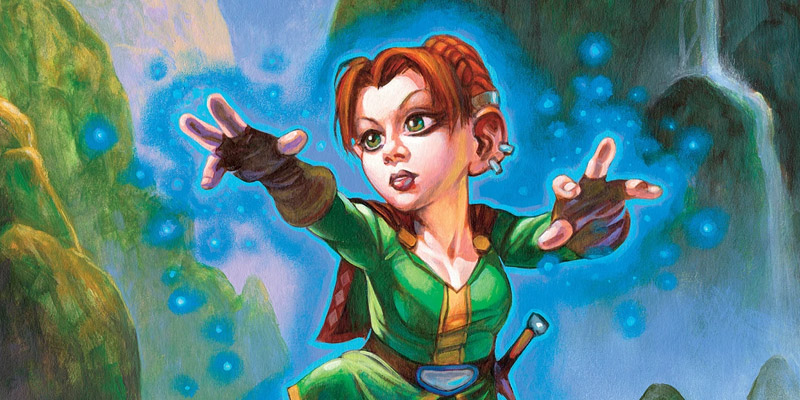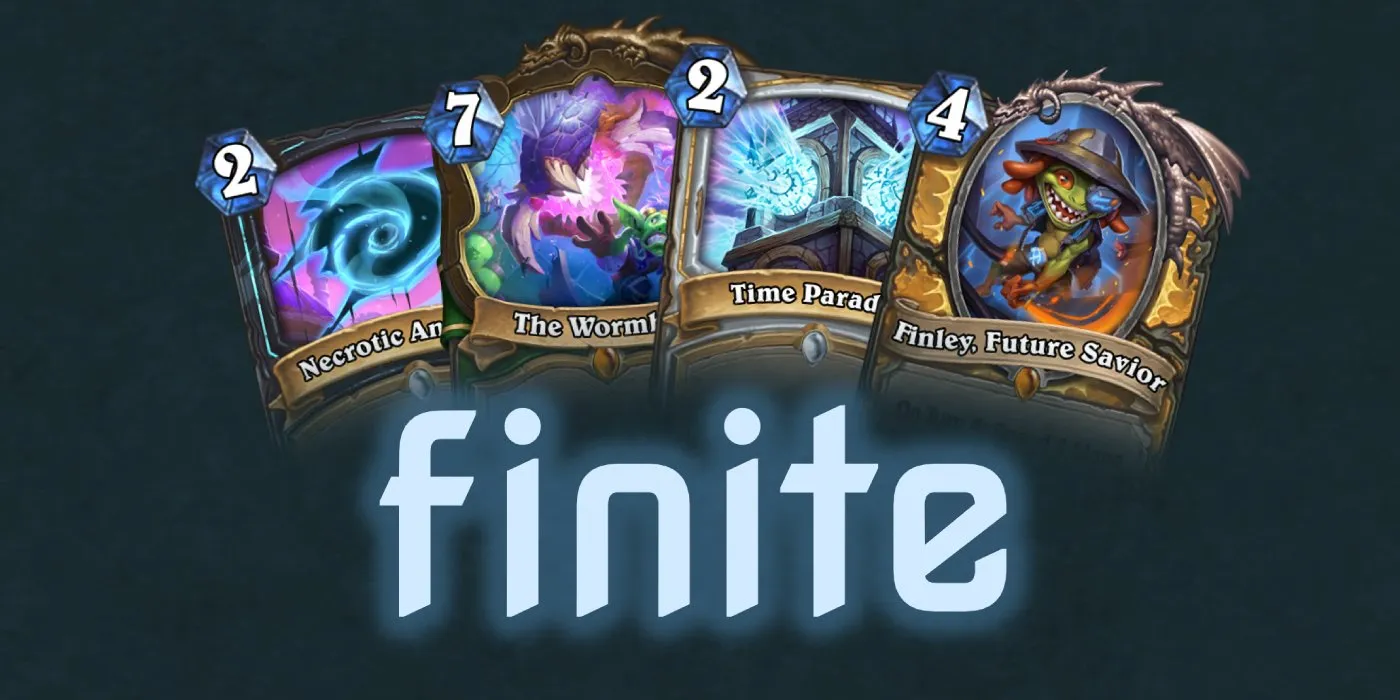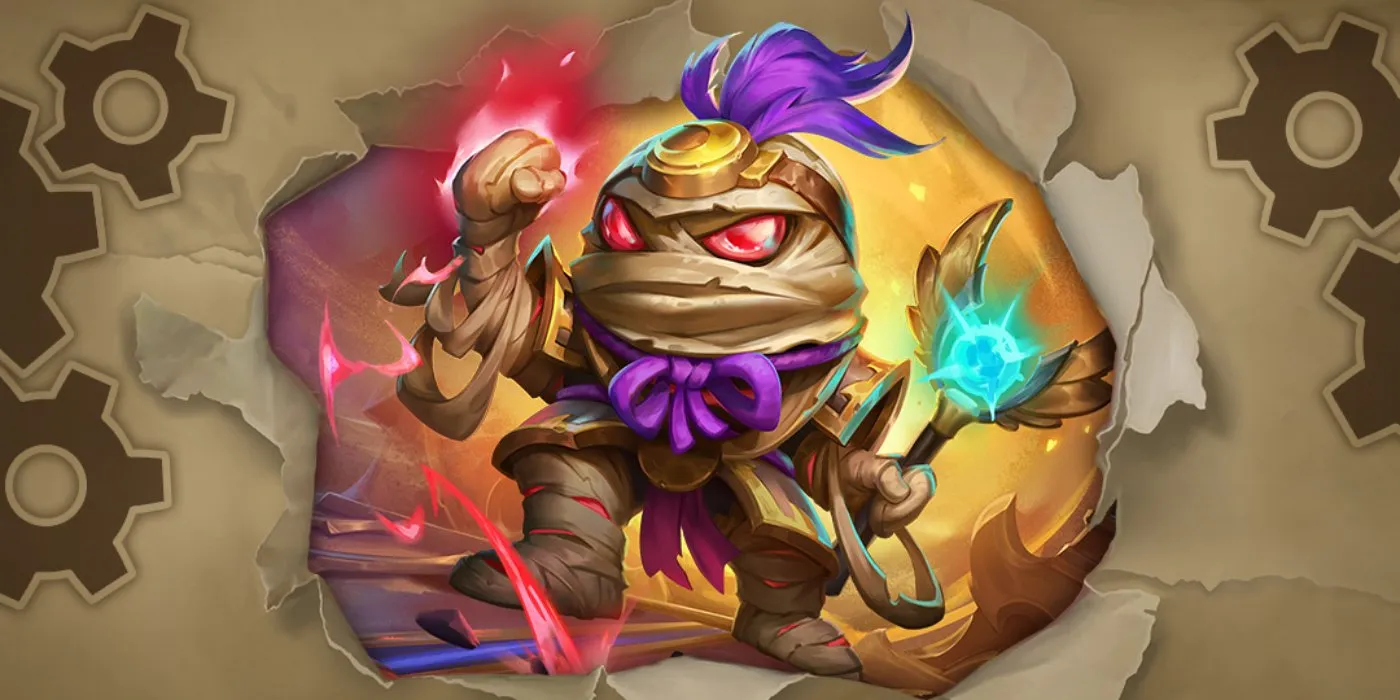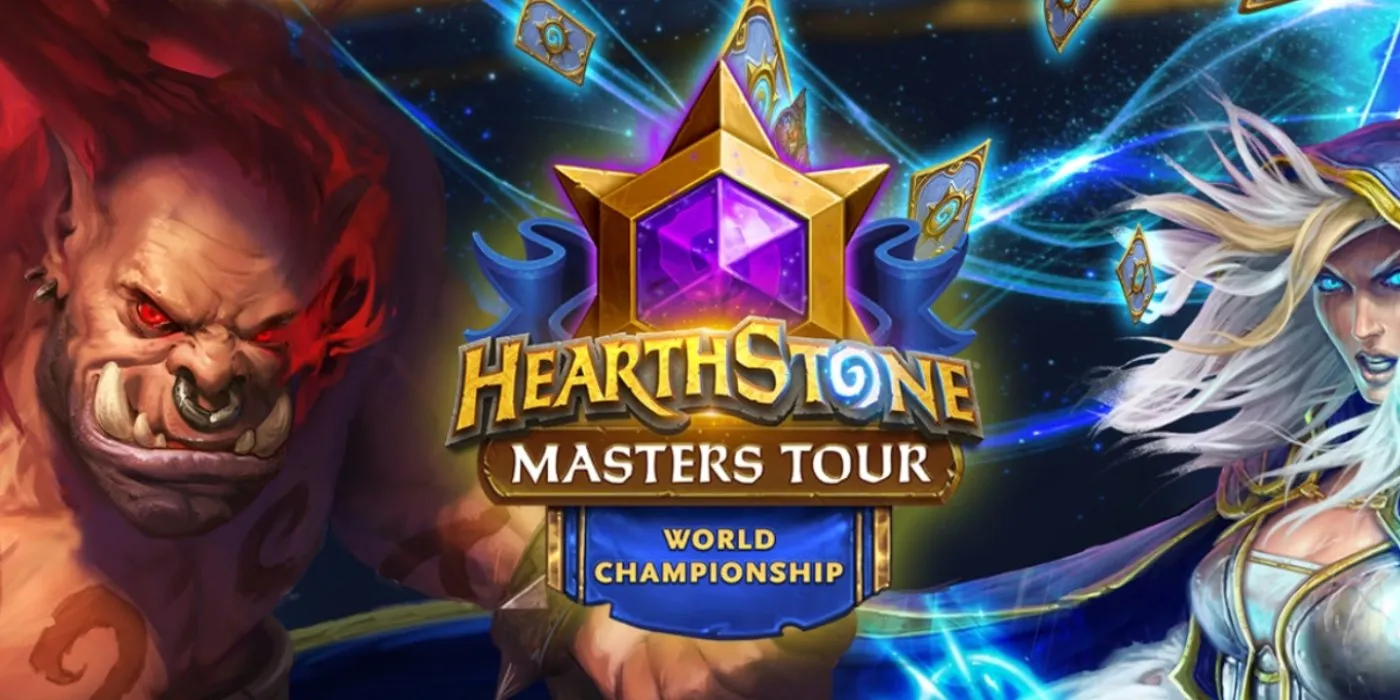Dean Ayala guested on the State of Wild podcast this week and we got some interesting bits of info out of him! Here's a quick recap, the episode itself, and a longer recap of the important points from our community member, anchorm4n.
- Dean is happy about the diversity wild has to offer.
- They try to avoid making cards that will improve wild's best performing decks even more.
- Ideally, they'd unnerf all cards when they go to wild.
- They question if the game will be more fun if they do it though on a card-by-card basis.
- Card balance is aimed more for the top players since the meta trickles down.
- Wild is trending upward in popularity in the East (China).
- They are aware of the fact that cost reduction cards more often than not will become problematic in Wild at some point.
- APM Mage is really close to that point, nerfing Sorcerer's Apprentice could be an answer.
Special thanks to anchorm4n on our forums for providing a recap of the important points. We've included anchorm4n's post down below, with some additional formatting.
Quote From anchorm4n Dean has been playing a lot of Wild lately, what has he experienced?
He’s very happy about the diversity Wild has to offer. He’s been playing Secret Mage for ages and recently played like 500 or 600 games of Handbuff Paladin. Even at high levels of play, you get to meet lots of different decks. Highlander decks are a big part of this which he much approves of.
How much thought goes into the impact on Wild when the devs are creating a new set?
There is a lot of correlation between Standard and Wild, what’s fun in Standard is usually cool in Wild as well. They do check if a new card would improve one of the already best performing decks in Wild even more and try to avoid that.
How did the team decide which cards should be unnerfed when rotated and how happy are they with the results so far?
They look at all the cards in the past and ideally, they unnerf them all. Wild should be the place where you can play the cards as you remember them. But then the question pops up “Is the game really gonna be more fun if we do that? If we make Leeroy 4 Mana, is that gonna make Wild more fun?“ They’re trying to decide this for each individual case. The team disagreed about Arcane Golem for example. Raza is also a card that they look back controversial on because it deletes other decks from the game, especially at super high levels.
Wild has less information, a smaller player base, less streamers and so on. Has the player base been sleeping on a particularly strong deck?
There are so many people playing Hearthstone out there, it’s pretty much impossible for a strong deck to slip under the radar. What happens quite regularly is that the best performing decks aren’t the most played ones because they are boring (Odd Rogue was the best deck for about 2 months, but never even cracked top 5 or 6).
The meta game is different at lower levels like Diamond 5 and high Legend, Darkglare Warlock is a good example for this, as it sees way more play at the top. Is that something the devs have in mind and are they catering to special groups of players?
Again, they don’t design cards for Wild. The devs are trying to create interesting tools for the game and the cards will find their way into Wild if they’re strong enough. That way, archetypes like Discard Warlock get stronger over time, because that’s a returning mechanic for Warlock. The team does check if a new card would make an already strong and much played deck even more powerful though, and tries to avoid that. Balance is usually tailored to the highest level of play, not because those players are more important, but because information usually trickles down. They have tons of data that prove this. The only exception are skill intensive decks like Miracle Rogue which take some more time to trickle down. There’s a very big range in MMR on Diamond 5, you can meet players with a 25% win rate there. That happens because people are willing to play decks with bad win rates if they do crazy stuff like Big Priest or Tickatus. Nobody would play Odd Rogue with a 45% win rate.
Does Dean have an idea how big the population of Wild players is that only play for fun? Are there any trends of player engagement in Wild over the years?
Player engagement has been pretty stable for a long time. Trend is upwards in the east, where Wild is very popular compared to the west. One of the reasons for this is that card rotation is a lot more accepted in the western player base.
Darkglare was nerfed a lot faster than Sn1p-Sn4p, even though the former was still in Standard at the time while the latter wasn’t. Does this mark a change of philosophy?
Dean assumes there have been technical issues about the Sn1p nerf like there was no patch scheduled at the time or something. The difference between the decks was that Sn1p-Lock did something pretty crazy, but it didn’t reach the raw powerlevel the original Darkglare Warlock had. There were match ups with a win rate of 50 or 51% when the deck was still new and they hoped for the meta to adjust by itself which they always prefer to stepping in. In comparism to this, there were no indicators in the data that Darkglare would fall off without them doing something.
The most important question when it comes to nerfs is still “What will happen afterward?”. Most of the time, the second best deck will just rise to the top and be even more dominant. Making an impact in Wild is naturally more difficult than in Standard because of the enormous card pool. The goal is always to create a better experience after a nerf and there are less opportunities to do so than most players think. Sea Giant Warlock was a good example for this, that wasn’t really Hearthstone anymore. It was just getting to turn x and then you win or you lose. Mage is close to this point these days.
How do the devs feel about cost reduction to 0, which is looked at very critically from the player base and allows decks like Sn1p-Lock, APM Priest and APM Mage to thrive?
They are aware of the fact that cost reduction cards more often than not will become problematic in Wild at some point, even if they are not that strong in Standard. At the same time, playing a lot of cards in one turn is something very exciting and being able to reduce the cost of cards is something as inherent to a card game as buffing the Attack of your minions. They are reluctant to nerf cards like Sorcerer’s Apprentice because decks like Freeze Mage, Sea Giant Warlock or Barnes Priest make Hearthstone a unique experience. As long as you don’t get the feeling you have to play these decks because they are the most powerful and as long as they don’t get too popular, they won’t step in. APM Mage is really close to that point now and maybe nerfing Sorcerer’s Apprentice even is the answer, but they are very careful about that decision.




Comments
For unnerfs i still dont egtw why Extra arms wasnt unenrfed (if its its cause its buff reverrions as reaosn thats stupid IMO).
It woudnt harm or breka wild or anything and would just make the alreayd lot worse decks priest has (aggro DR/innerfire) better but still wouldnt be a aa good as big/Reno.
As I see it it would only give a priest a more viable option outside ress/Combo and give more variety to the class/potentialy the meta.
Yeah, I'm confused why a flexible Blessing of Kings is considered busted.
After playing against a bunch as Reno Priest, the only wild deck I can stomach to play, I think APM Mage is like Tickatus. Not very good in practice and better against some, but feels bad to have used against you. When it was at it's peak, I teched in a Kezan Mystic into my deck which would help me snag a win against inexperienced players (who did not know to hold onto some fuel and a flamewaker) by stealing an iceblock and using Reno after it activates. I personally think that nerfing Apprentice by 1 breaks a lot of decks, so it would be better to nerf Flow instead. Maybe even nerfing the Mana Biscuit to 1 costing one more while still only restoring 2 mana too, since it wouldn't affect standard at all and help to curve APM.
"They are aware of the fact that cost reduction cards more often than not will become problematic in Wild at some point. APM Mage is really close to that point, nerfing Sorcerer's Apprentice could be an answer."
Personally as much as i would also like to see a nerf to Sorcerer's Apprentice i would rather like to see Incanter's Flow nerfed instead, as that's the big mana cheat/problem card in APM Mage. Seriously, sometimes you don't even need Sorcerer's Apprentice as long as you played 2x Incanter's Flow early into the game. (Honestly i'm kinda tired of conceding after mages coin out Incanter's Flow turn 1 into 2nd Incanter's Flow on turn 2...)
Sure Flamewaker mage has always been a good deck thanks to Sorcerer's Apprentice but the deck mostly went nuts thanks to Incanter's Flow and Refreshing Spring Water, and Refreshing Spring Water already got hit with a nerf.
If they still nerf Sorcerer's Apprentice i'm just worried how their going to nerf her. Raising the cost of Sorcerer's Apprentice might make it so Archmage Antonidas OTK decks might need an Emperor Thaurissan tick in order to work, slowing down the deck in an already very hyper-aggro filled meta. And changing the effect of Sorcerer's Apprentice COULD potentially completely kill off every Archmage Antonidas OTK deck in the game. (Imagine if she can't discount spells to 0 mana...)
Don't get me wrong, i wouldnt mind seeing Sorcerer's Apprentice nerfed, but i certainly hope that their going to handle that potential nerf well, otherwise it might make a lot of people upset. (Especially the Archmage Antonidas OTK players that would suffer as colleterall damage because of APM mage...)
Oh and it's VERY interesting that Wild is getting more popular in China, i'm pretty sure we all know Blizzard loves China so i wouldn't be surprised that they might give Wild more attention as long as wild gets even more popular in China! (At least we can hope that it will...)
I wonder if the meta is actually different in China Wild than in Europe/Americas and Pacific Wild.
It is actually, i usually check a Twitter with the CN Wild Decks and there is some surprises always that helped me to reach legend.